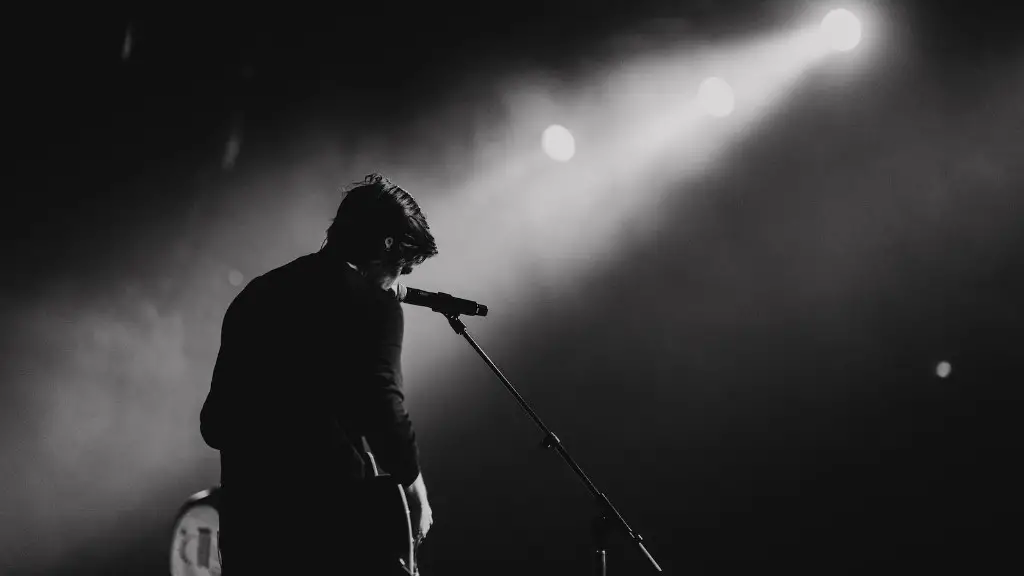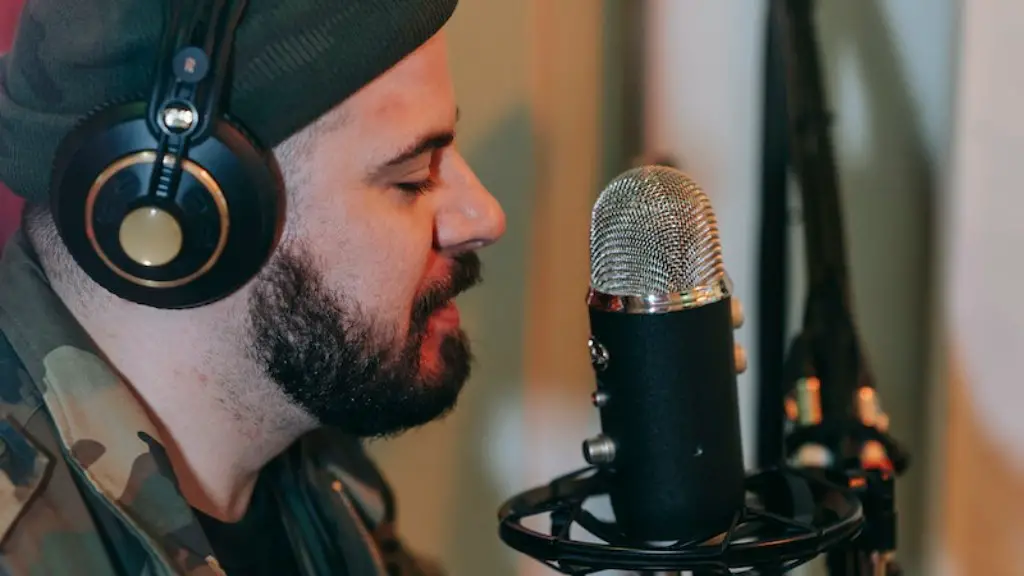How to Draw Angel Wings
Angel wings don’t have to be intimidating! Drawing angel wings can be an incredibly rewarding experience, and with the right tools and tips, you can create masterpieces with ease. To get you started, here’s a guide on how to draw angel wings that will make even beginner artists soar to great heights.
The most important thing for perfecting angel wings is to understand the basic construction. For almost any drawing, getting the shape right is vital – and this is especially true for angel wings. To get the shape of your wings down, start with a basic outline that performs an S-shape along the feather edges. To give your wings added dimension, draw a few curved inward lines near your top and bottom tips, followed by some outward ones.
Now it’s time to bring your wings to life with details! Most angel wing drawings will be composed of feathers, so you’ll want to focus on creating peaks and valleys in each feather. Adding straight lines along the quill of the feather gives it structure, making it stand out and fill your drawing with texture. Once you’ve finished the structure of your angel wing, add feather tips with gentle curves that come in cross-sections. This technique will give your wings a feathery feel and make them look as real as possible.
Bringing in some shadows and highlights is the next step. Adding shadows and highlights can give your wings a three-dimensional quality and make it seem as if they’re really there. To create more realistic shadows, draw a few fading lines around the edges of the feather that are in the same direction. For highlights, add a few lines of white around the quill to give your feathers a reflection. These highlights can be as bright as you like.
Finally, you’ll want to add some color to your angel wings. Choose a light, airy color like a soft blue, and apply it in a soft, even stroke to the feather edges. This color will give your angel wing a subtle highlighting, making it look extra special. Plus, if you want to add more color to the composition, you can do so with variations of blues and purples.
Drawing angel wings is a truly rewarding experience. With the right tools and tips, you can make any angel wings look as if they came straight from the heavens. Start with a basic outline and fill in the details with feathers. Then, add shadows and highlights for a dimensional effect, and finish the look with a touch of color. No matter your skill level, there’s a beautiful angel wing out there waiting for you.
Adding Feathers to an Angel Wing Drawing
Feathers can add an extra level of detail and beauty to an angel wing drawing – they truly take it to the next level! Drawing feathers on angel wings requires practice and patience, but with a few simple tips, even beginner artists can master the style. Read on to learn more about how to draw feathery angel wings.
A good way to start is drawing the basic outline of the wings themselves. Draw an S-shape along the feathers’ edge, and finish it with a few curved lines at the top and bottom of the wings to give it depth. Once you’re happy with the wings’ structure, it’s time to add the feathers. Start with a row of curved lines in a cross-section along the quill of the feather and make your way outward from there.
Once you’ve finished the basic shape of the feather, you can give it more dimension by adding a few short lines to the tips of each feather. For the best results, try changing up the length of the lines and adding peaks and valleys within them. This will make the feathers look fluffy and realistic.
Next, add some shadows and highlights to give the feather a three-dimensional feel. To make the feathers look realistic, be sure to draw fading lines along the quill as well as some subtle ones on each feather tip. Finally, draw a few white lines near the quill to create highlights and make the drawing come alive. With the right technique, adding shadows and highlights can give your drawing a lifelike quality.
With a few simple tips and tricks, you can draw beautiful angel wings with feathers just like the pros. Start by drawing the basic outline of the wings with curved lines, and then add feathers with peaks and valleys. Then, give the feather dimension with shadows and highlights, and finally, add some white lines to create lifelike highlights. With some patience and practice, you’ll be drawing majestic angel wings in no time!
How to Enhance an Angel Wing Drawing
Angel wing drawings can take your artwork from ordinary to extraordinary with a few simple tricks. If you’re looking to take your angel wing drawings to the next level, here are some great tips and techniques you can use to enhance them.
Color is one way to ensure your angel wings look as realistic as possible. Start by choosing one light, airy color like a soft blue or a softer version of purple. Apply this color along the edges of the feathers to give them a nice even highlight, and feel free to use a darker shade of the same color if need be. Additionally, if you want to add more color to the composition, you can do so with variations of blues and purples.
Another way to make your angel wing drawings look extra special is to add texture. Texture can be added to the feathers by drawing a few curved lines with a pencil or pen. This will give the wings a fluffy feel and bring them to life with a soft, realistic touch. Plus, if you want to add more texture, you can add details of other shapes such as circles and stars. Play around with different shapes, textures, and colors to get the exact effect you’re looking for.
Shadows and highlights are also important for adding dimension to angel wings. Drawing fading lines along the quill of each feather adds a sense of depth, while adding white lines near the quill simulates highlights. You can also use a light source to enhance the highlights for even more realism and vibrancy.
From color and texture to shadows and highlights, there are plenty of ways to make your angel wings look extra special. Start with a light airy color in a soft, even stroke along the feather edges. Add texture with curved lines and other shapes, and then finish the look with shadows and highlights. You’ll be blown away with the lifelike results!
Adding Color to an Angel Wing Drawing
Adding color to angel wing drawings is a great way to give them a beautiful and realistic look. Even if you’re a beginner artist, with the right techniques, you can create stunning angel wings with just a few simple techniques.
To get started, choose a light, airy color like a soft blue or a gentle purple. Apply this color in a soft, even stroke to the feather edges – this will give your angel wings a subtle highlighting that will truly make them stand out. If you want to add more color to the composition, you can do so with variations of blues and purples. These colors will contrast nicely with the light color of the wings, creating an eye-catching effect.
Another way to add color is with shadows and highlights. Drawing a few fading lines around the edges of the feather adds shadows, while adding a few bright white lines near the quill creates highlights. This color combination will give your wings a three-dimensional quality and make them look as if they’re really there.
Adding color to angel wings is a great way to make them look as realistic as possible. Start by selecting a light airy color like a soft blue or a gentle purple, and apply it in a soft, even stroke to the feather edges. Then, add shadows and highlights to give the wings a three-dimensional effect. With just a few simple techniques, you’ll be creating angel wing masterpieces in no time!


